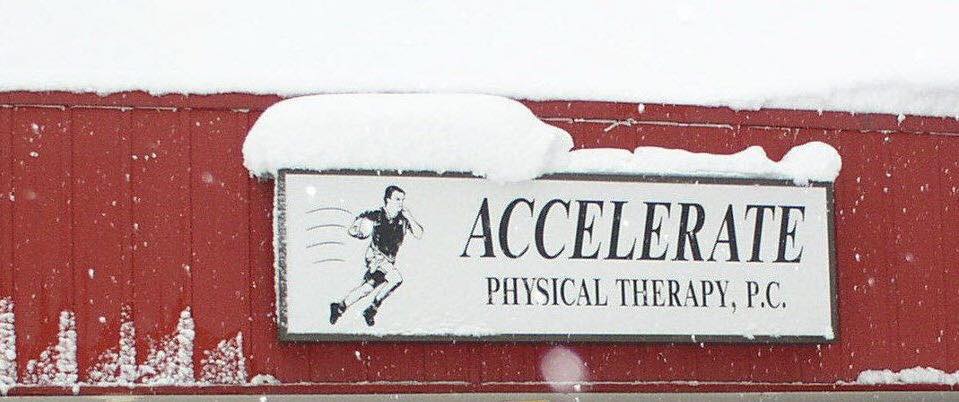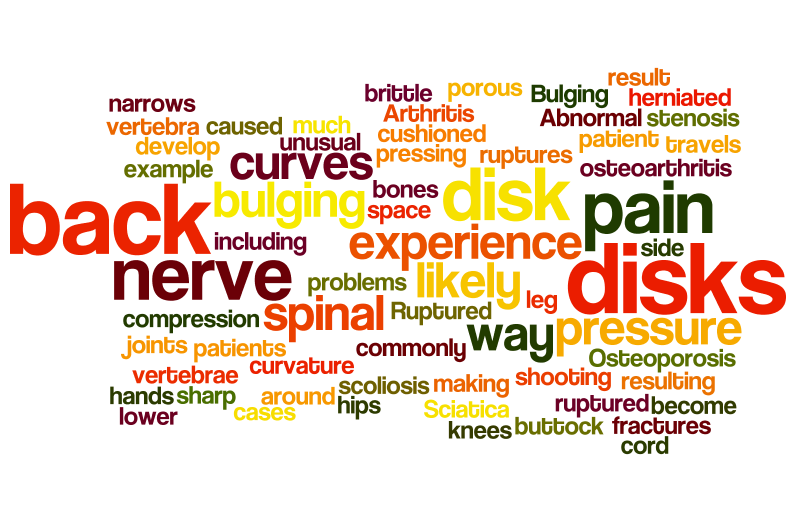Accelerate PT Exercise Videos
Paragraph Call Paul O’Brian if you have questions about these activities. Our Favorite Knee Stuff: Prone Knee Extension Straight Leg Raises Prone Knee Extension with Hip Extension Standing Knee Extension Bungee Cord Walking Exercise Bungee Cord Walking Sideways For Those Whose Back or Leg Hurts: Ball Stretching Ball Stretching – Rocking Technique Bridging Bridging with… Read More »



